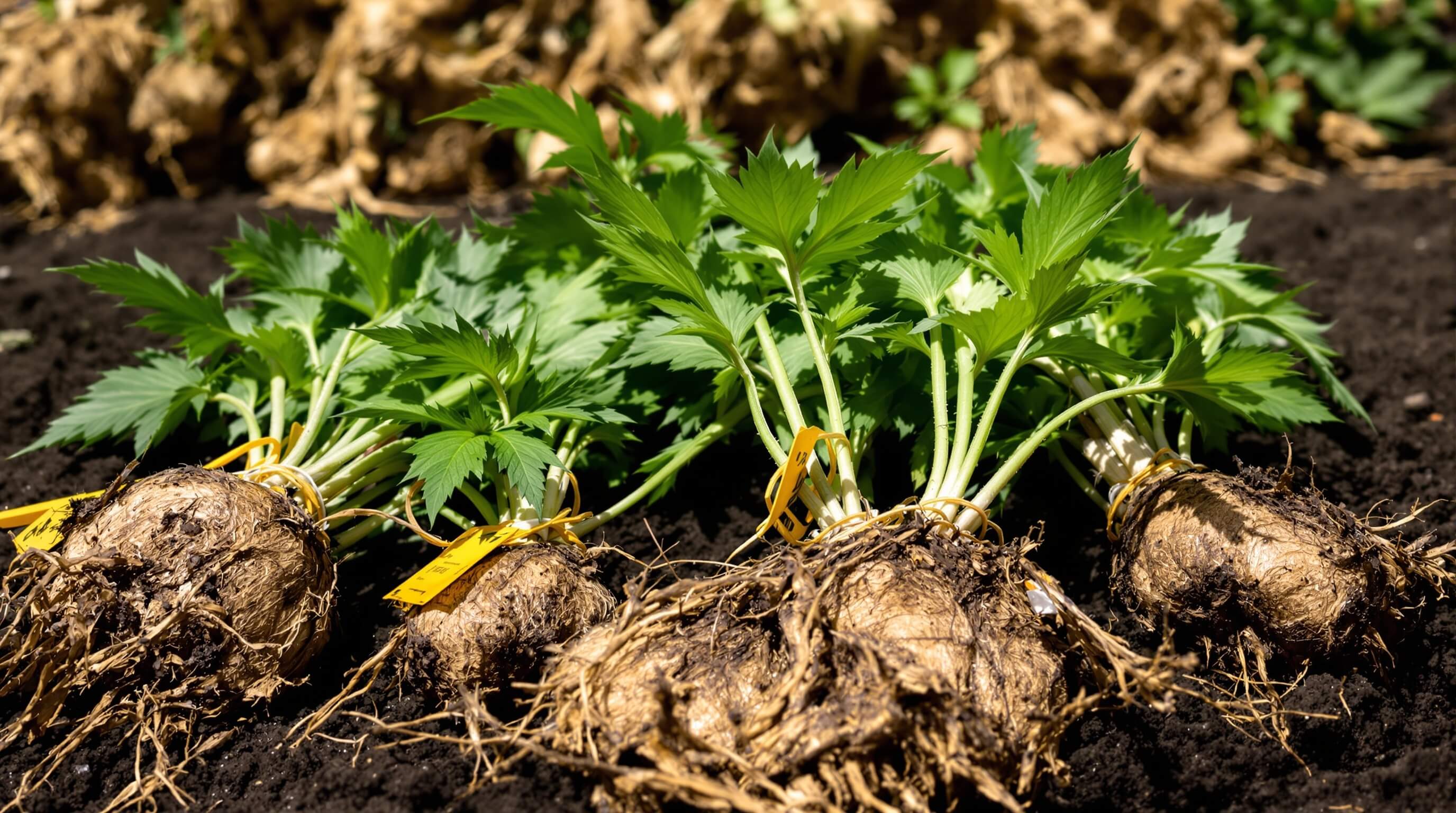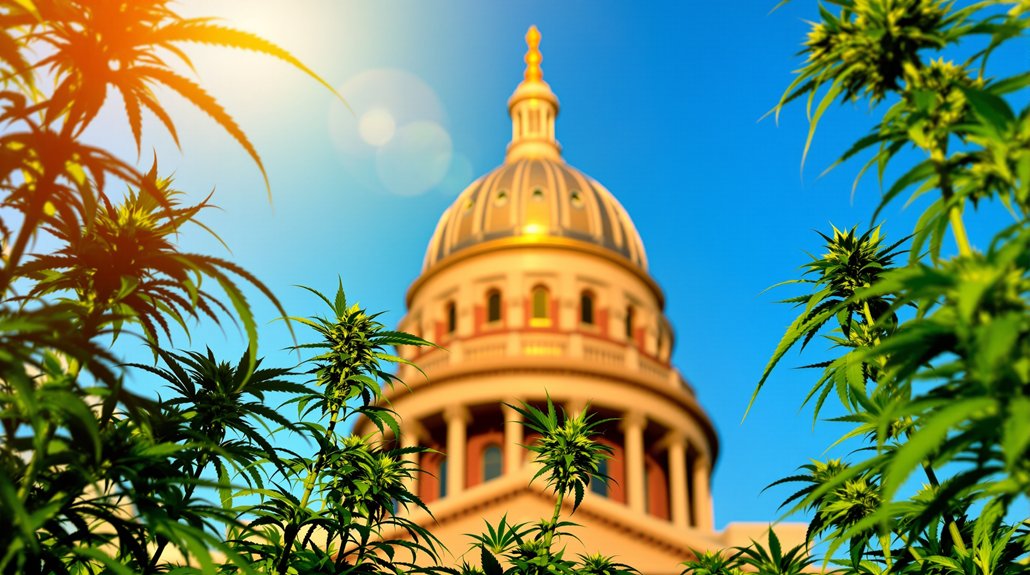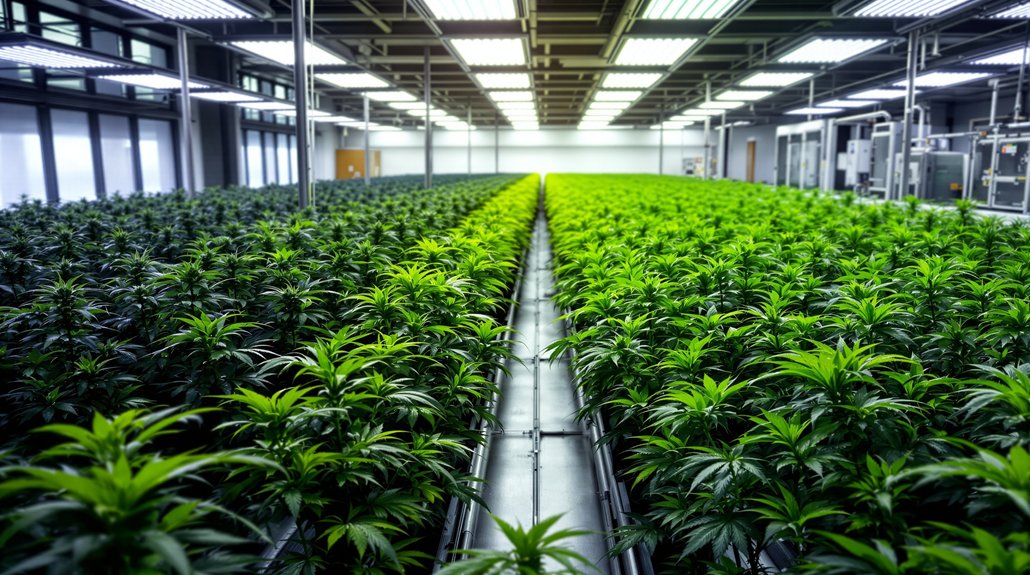Despite widespread cannabis legalization across numerous states, federal agents seized 5.3 million marijuana plants and conducted 5,764 arrests in 2024, according to newly released DEA data that ended an 18-month reporting gap. The enforcement blitz targeted 16,330 cultivation sites, with outdoor operations comprising the vast majority at 14,904 locations compared to 1,426 indoor facilities.
The seizure numbers tell a story of steady federal pressure against illicit grows. Plant confiscations dropped slightly from 2022’s peak of 5.7 million but exceeded 2021’s total of 5.5 million plants. Some regions reported a 29% decrease in cannabis intercepted by weight compared to the previous year, suggesting either improved evasion tactics or shifting cultivation patterns.
Federal agents didn’t just collect plants, they collected serious hardware. The DEA confiscated 3,125 weapons during cannabis-related operations, underscoring the agency’s focus on large-scale and unlicensed grows often connected to organized crime. These operations frequently involve more than gardening expertise.
For the first time, the DEA specifically tracked “Chinese-affiliated” grow operations as a distinct category, identifying 15 such enforcement actions in 2024. Law enforcement alleges growing involvement of Asian-based organized crime groups in illicit cultivation, though agency reports note inconsistencies between the number of documented “Chinese Grows” and broader claims in enforcement narratives. Washington State and Oregon accounted for the majority of these operations, with five and four sites respectively, following media attention on Chinese criminal groups in illicit production.
The current enforcement levels remain substantially lower than pre-legalization peaks. Federal marijuana arrests hit 8,501 in 2011 compared to 2024’s 5,764 figure, reflecting the dramatic shift in cannabis enforcement priorities. The decline becomes more pronounced when considering the 217,150 marijuana arrests reported at state levels in 2023, highlighting the division between federal and local approaches.
Data transparency has become a contentious issue. The DEA removed its 2022 report from public websites, while 2023 data remains incomplete with missing entries for multiple states. Advocacy groups criticize this lack of consistent reporting as inadequate oversight of program scope, costs, and effectiveness.
The enforcement continues despite evolving policy landscapes. Many states have legalized cannabis in various forms, reducing illicit market demand in regulated regions. These enforcement actions stand in stark contrast to countries like Uruguay and Canada that have fully legalized recreational cannabis use nationwide. The DEA’s eradication program launched in 1979 when enforcement priorities focused on Hawaii and California as the initial target states. The DEA’s 2024 National Drug Threat Assessment significantly places cannabis below fentanyl and cartel suppression in priority rankings, though the agency flags increased THC potency, accidental youth exposure, and environmental damage from illegal grows as persistent concerns.
Federal cannabis enforcement appears caught between traditional prohibition approaches and emerging regulated markets, creating an enforcement landscape that targets organized crime while operating alongside legal state programs.










